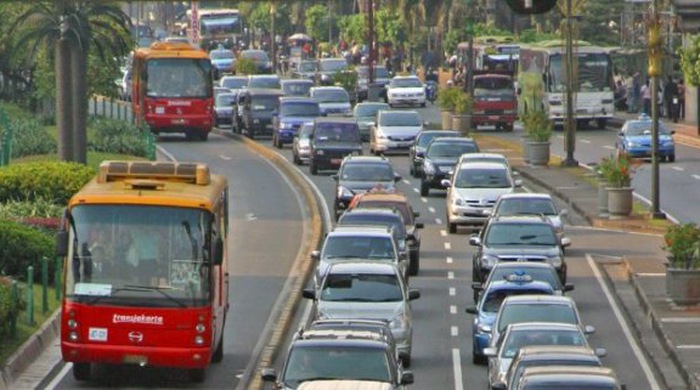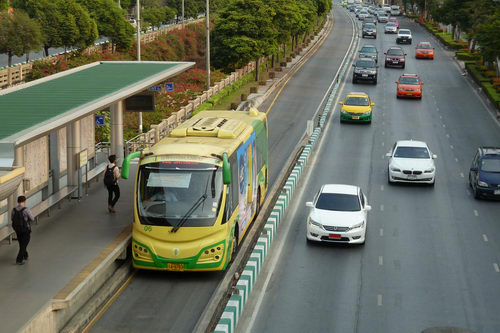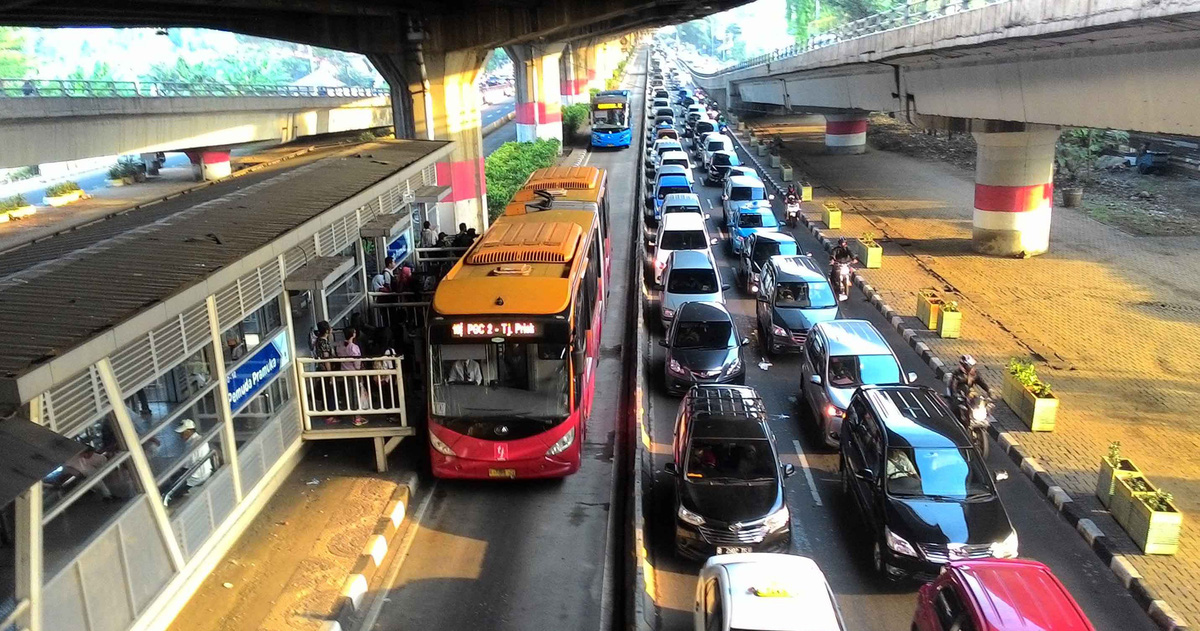For nearly 13 years now, the Indonesian capital Jakarta has been implementing an effective solution to its world-worst traffic congestion: the Bus Rapid Transit (BRT) system.

According to a reporter in Jakarta, BRT in Jakarta, called TransJakarta, was put into use in 2004 to create a convenient and low-cost public transport system and encourage people to reduce the use of personal vehicles, contributing to reducing traffic, especially during rush hours.

Currently, the entire city of Jakarta has about 500 buses operating during the common hours from 5am to 10pm, some special routes even run around the clock. TransJakarta has “covered” all areas of the capital, including 12 main routes with more than 200 stops. Each bus can carry up to 80 passengers, although it only has 30 seats but has a fairly large standing compartment.

The bus stops in this bus system are arranged on the same side of the separate lane, connected to each other by pedestrian paths and each station is connected to the crosswalk system. All stations are built high, about 1 meter above the road surface, in accordance with the design of buses in the TransJakarta system. This design also ensures that buses cannot pick up and drop off passengers along the way.
Traffic in Jakarta shows that the large 2-compartment buses in the TransJakarta system are most effective during rush hour because they are designed with separate lanes with high dividers, preventing other vehicles from encroaching on the lane. In addition, the fine for vehicles encroaching on the bus lane is very high, which has helped the bus operate effectively during rush hour.